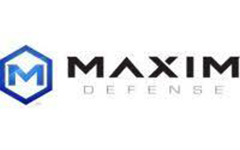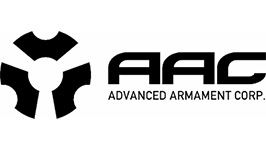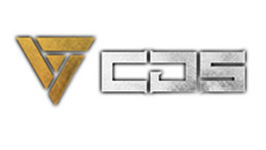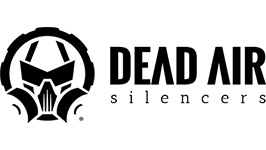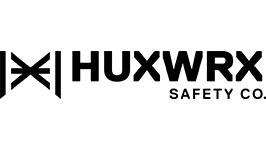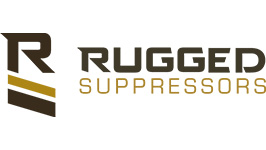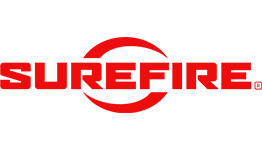Understanding Class 3 Weapons
What They Are and How They’re Regulated
Class 3 weapons, often known as Title II firearms, are a type of firearm governed by the National Firearms Act (NFA). If you’re unfamiliar with these phrases, you might have some questions about what they mean and how they’re governed. Let’s take a look at Class 3 weapons and the various firearms that fall into this category.
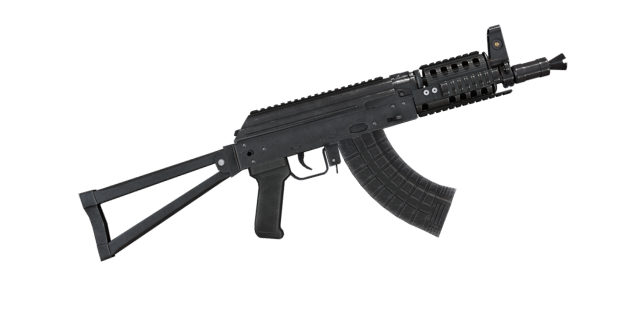
Short-Barreled Rifle
The Short-Barreled Rifle is one example of a Class 3 weapon (SBR). The NFA defines this as a rifle having a barrel length of less than 16 inches or an overall length of less than 26 inches. This includes any firearm fashioned from a rifle that fits these specifications. When measuring the length of a folding stock rifle, keep in mind that the stock must be extended. Furthermore, pistols with shoulder stocks may be deemed SBRs provided other standards are met.
Top Brands Carried
Short-Barreled Shotgun
The Short-Barreled Shotgun is another sort of Class 3 weapon (SBS). As defined by the NFA, this is a shotgun with a barrel length of less than 18.5 inches or an overall length of less than 26 inches. SBSs are popular among police enforcement and military personnel since they are primarily employed for close-range combat.
Top Brands Carried
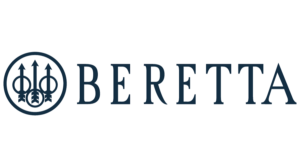
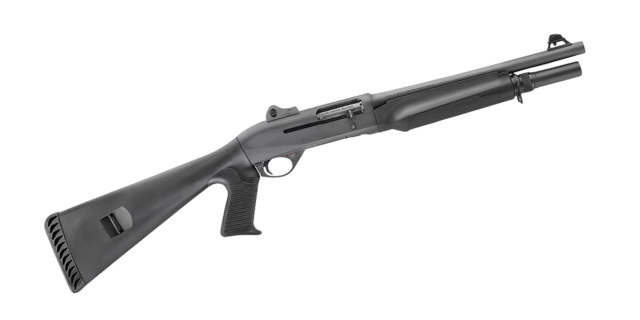
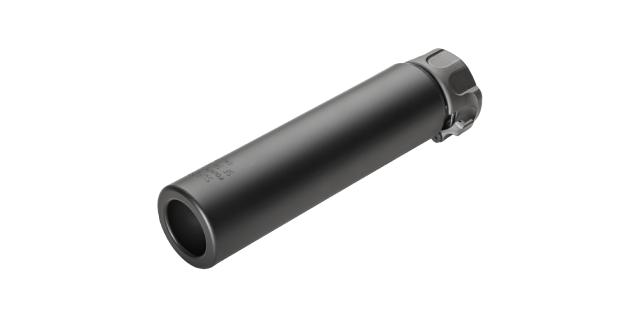
Silencers
Another sort of Class 3 weapon is silencers, sometimes known as suppressors. A silencer is any device used to dampen the sound of a bullet fired from a portable handgun. The NFA governs silencers and any parts used to construct them. Silencers are popular among hunters and shooting enthusiasts because they limit the amount of noise produced by a firearm, reducing the likelihood of disturbing wildlife or neighboring neighbors.
Top Brands Carried
Any Other Weapon
In the vast landscape of firearms, the term “AOW” or “Any Other Weapon” occupies a unique niche. As defined by the U.S. Bureau of Alcohol, Tobacco, Firearms and Explosives (ATF), AOW encompasses those weapons that don’t fit neatly into standard firearm categories. This can include, but isn’t limited to, pen guns, cane guns, and certain short-barreled firearms that don’t qualify as shotguns or rifles. Their unique designs and functionalities often intrigue enthusiasts and collectors alike, offering a distinct facet to the world of firearms.
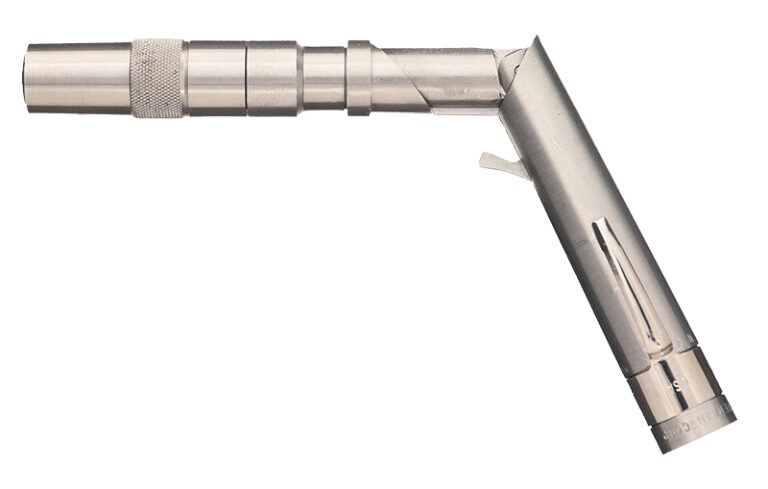
Owning an AOW isn’t as straightforward as walking into a store and making a purchase. Given their unique classification, they fall under the purview of the National Firearms Act (NFA). This means potential owners need to undergo a specific acquisition process. It involves a thorough background check, obtaining approval from the ATF via the submission of Form 4, and payment of a tax stamp, which, interestingly, for AOWs, is a nominal $5 as opposed to the standard $200 for other NFA items. This process ensures that such unique weapons are acquired responsibly and legally. As always, consulting with professionals, like the team at Advanced Arms, can provide guidance and clarity on this intricate process.
It’s worth remembering that the NFA strictly regulates Class 3 weapons. To purchase a Class 3 firearm, you must first receive a tax stamp from the Bureau of Alcohol, Tobacco, Firearms, and Explosives (ATF). Furthermore, the sale and transfer of Class 3 weapons must be handled by a Federal Firearms License (FFL) dealer.
Finally, Class 3 weapons are a type of firearm that is governed by the National Firearms Act. Short-Barreled Rifles (SBRs), Short-Barreled Shotguns (SBSs), silencers, and Any Other Weapons fall into this category (AOWs). If you want to buy a Class 3 firearm, it’s important to understand the restrictions and engage with a qualified dealer like Advanced Arms who can walk you through the procedure.




